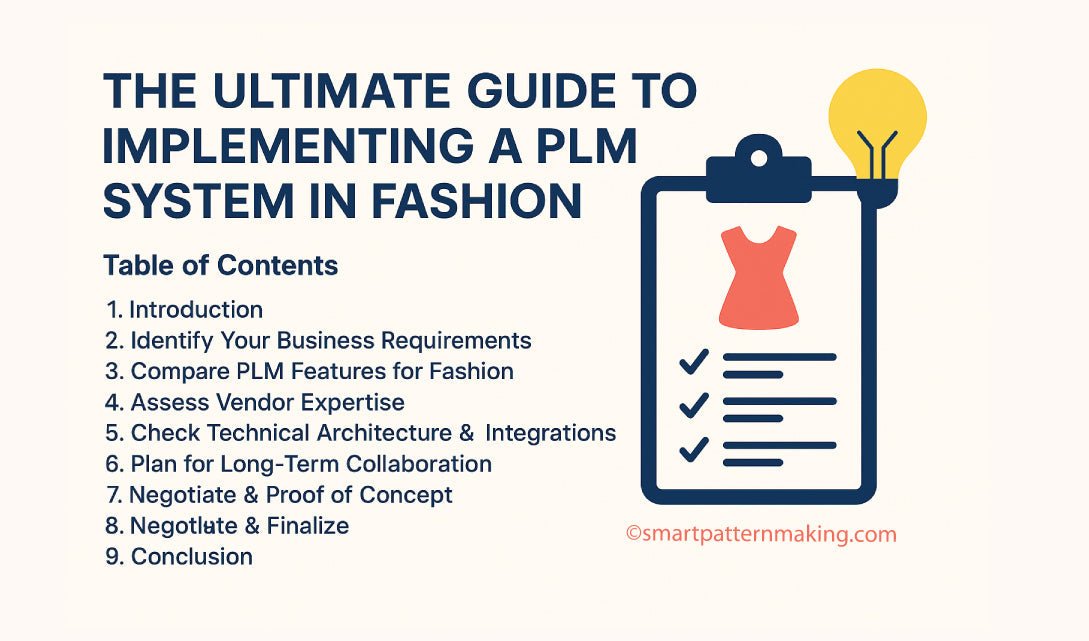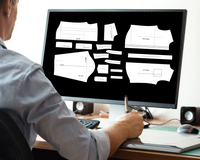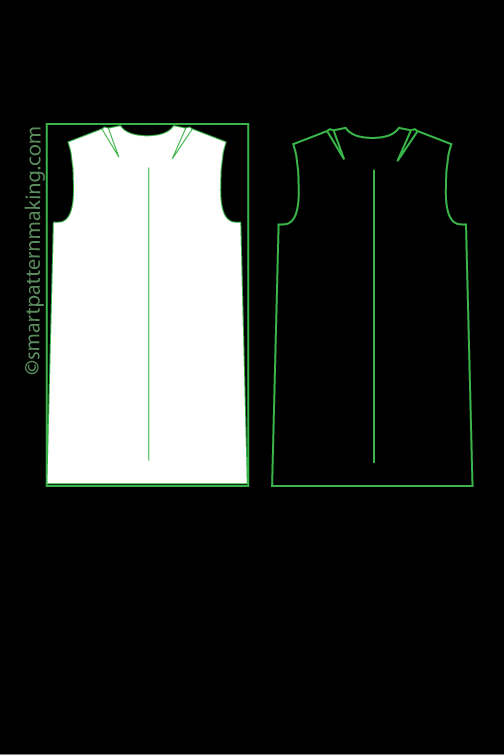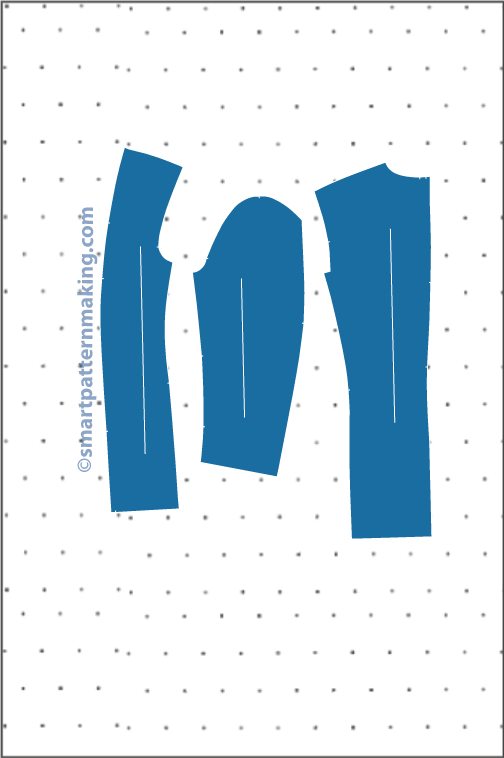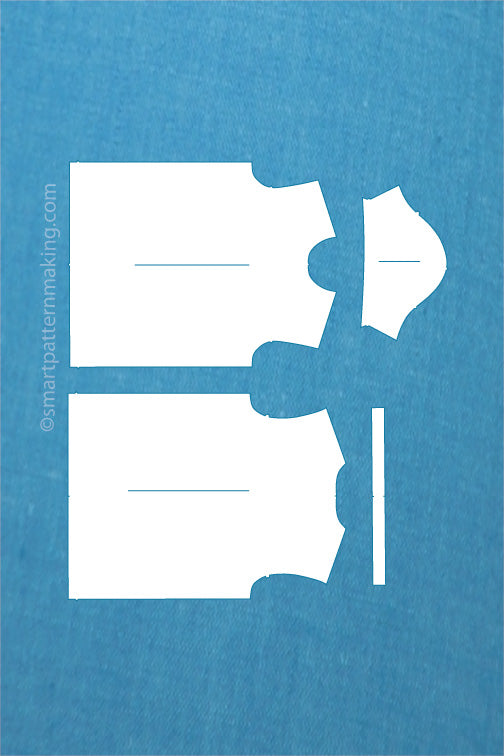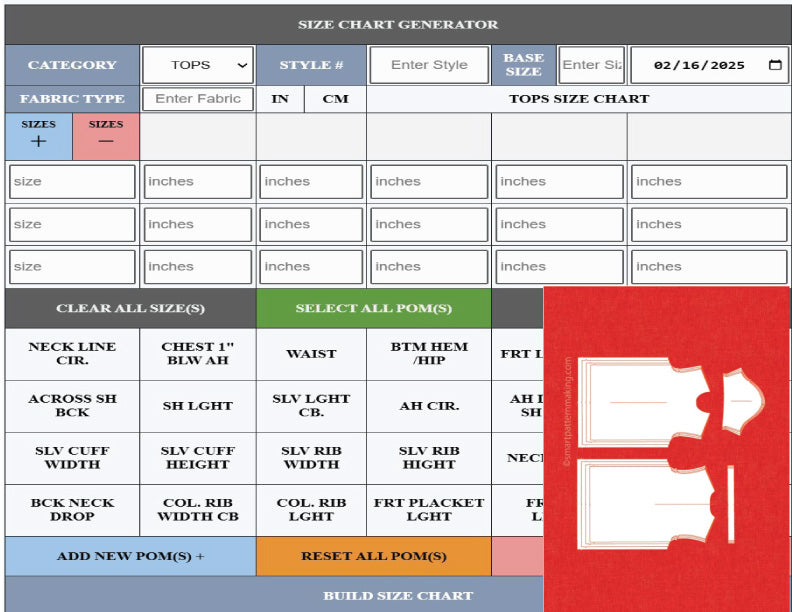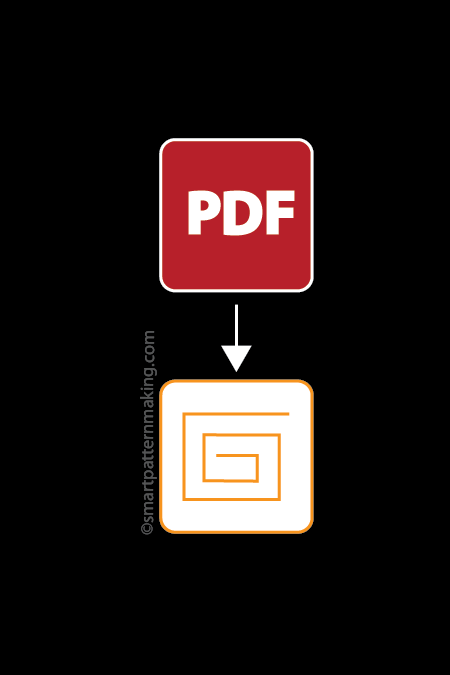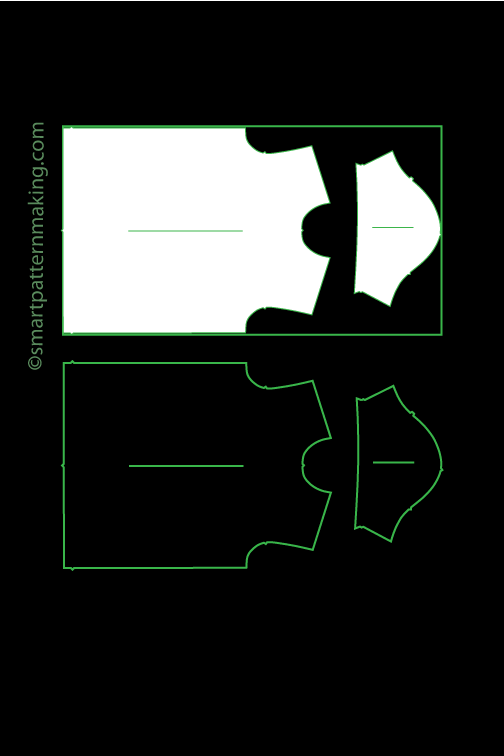The Ultimate Guide to Implementing a PLM System in Fashion
Evaluating and Selecting the Right PLM Solution for Your Fashion Brand
Table of Contents
- Introduction
- Identify Your Business Requirements
- Compare PLM Features for Fashion
- Assess Vendor Expertise
- Check Technical Architecture & Integrations
- Plan for Long-Term Collaboration
- Shortlist & Proof of Concept
- Negotiate & Finalize
- Conclusion
1. Introduction
In today’s fast-paced fashion world, using the right PLM system can transform your entire product lifecycle. Leading authorities, such as WhichPLM and Tech-Clarity, report that modern capabilities can significantly cut time-to-market—by up to 30%. PLM solutions also unify data, streamline approvals, and lower unnecessary costs, making them vital for brands aiming to stand out globally.
In this guide, we’ll detail how a PLM system impacts every phase of product development, from initial concept to final launch. We’ll also identify which key PLM Tools align with fashion-centric workflows and compare multiple PLM solutions currently on the market. Ultimately, implementing the right PLM system can amplify collaboration, speed up product development, and boost margins.
2. Map Your Business Needs to the Right PLM Tools
Before exploring PLM solutions, set clear objectives. Decide which departments—design, sourcing, marketing—will rely on a PLM system most. Then map out the critical workflows you want to optimize. By clarifying these pain points, you’ll pinpoint exactly which PLM Tools can deliver true efficiency gains.
Consider these questions:
- Do bottlenecks in approvals or data entry delay our go-to-market speed?
- Does our team need real-time material costing or advanced supplier management?
- How will a PLM system integrate with existing ERP or e-commerce solutions?
Answering these questions helps you zero in on PLM solutions suited to your brand’s unique challenges—saving both time and money.
| Requirement | Relevant PLM Tools | Priority |
|---|---|---|
| Real-Time Sourcing | Vendor Portals & Costing Dashboards | High |
| Sample Tracking & Approvals | Workflow Automation & Calendar Tools | High |
| Seasonal Collection Planning | Design Libraries & Collaboration Modules | Medium |
| Unified Data Repository | Cloud-Based PLM system Integration | High |
Use this table to tie each requirement to specific PLM Tools, giving you a clear path for selecting the right PLM solutions.

3. Compare PLM Features for Fashion
The fashion industry’s rapid product cycles demand specialized PLM Tools. Collection management, detailed color libraries, and swift sample approvals are often absolute musts. Your chosen PLM system should also handle seasonal product lines and advanced design iterations without hassles.
- Collection Management: Manage multiple lines, colorways, and sizing with ease.
- Material & Color Libraries: Keep all fabric, trim, and color data centralized.
- Workflow Automation: Expedite approvals to reduce lead times and speed up launches.
- Reporting & Analytics: Leverage data to refine future collections and minimize rework.
When evaluating PLM solutions, ensure these features are present so your PLM system delivers tangible, measurable improvements.

4. Evaluating PLM Vendor Expertise in Fashion
Not every PLM solution is built for fashion, and not every vendor specializes in apparel or footwear. While some PLM solutions cater to general manufacturing, others address the unique demands of fashion houses—from intricate design processes to global sourcing. Look for vendor case studies referencing design software integrations or successful partnerships with well-known labels.
It’s equally crucial to confirm vendor training, onboarding, and support. If a PLM system includes best-practice guidelines and a dedicated help channel, you’ll likely see faster ROI.

5. Check PLM Integrations & Technical Compatibility
Seamless technical integration is key to maximizing your PLM system. Ask whether the PLM Tools you’re assessing provide open APIs for ERP or e-commerce. Some PLM solutions offer built-in connectors, streamlining workflows with your existing CAD, inventory, or supply-chain setups.
Also ensure your PLM system meets any data security or compliance standards, especially if you handle sensitive supplier or costing information. A well-integrated PLM system minimizes silos and supports end-to-end data visibility.

PLM Vendor Feature Matrix
Below is a quick comparison of common PLM solutions and the PLM Tools they offer. Adapt it to your brand’s specific needs.
| Feature | Vendor A | Vendor B | Vendor C |
|---|---|---|---|
| Collection Management | Advanced | Basic | Intermediate |
| 3D Virtual Sampling | In-Built Module | 3rd-Party Add-On | No |
| Real-Time Costing | Integrated | Partial | Integrated |
| Cloud Deployment | Yes | No | Yes |
| API Availability | Wide Range | Limited | Moderate |
Compare each vendor’s approach to PLM Tools, making sure the final PLM system supports rather than disrupts existing processes.

6. Plan for Long-Term PLM Collaboration
A PLM system is a multi-year commitment. Vendors that offer user conferences, regular software updates, and robust support for their PLM solutions can be valuable long-term partners. Look for forward-thinking roadmaps that include AI-driven analytics or advanced sustainability tracking. This ensures your PLM system keeps pace with industry shifts and scales as your brand grows.

7. Short List and Proof of Concept for PLM
After investigating different PLM solutions, narrow your list to a few top contenders. Then request a Proof of Concept (PoC) to test essential PLM Tools with real-world data and workflows. This helps you:
- Observe how each PLM system manages true design files and production data.
- Detect any gaps or issues before full deployment.
- Gather direct user feedback on interface intuitiveness.
Completing a PoC ensures the chosen PLM system truly aligns with your team’s day-to-day operations.

8. Seal the Deal: How to Negotiate and Finalize Your PLM Solution
Negotiating contract terms determines the ultimate cost of a PLM system. Clarify usage fees, seat counts, and included support. Many PLM solutions let you customize which PLM Tools you pay for, preventing wasted budget on unneeded modules. Also review data ownership clauses and potential exit strategies—ensuring a flexible agreement that grows with your brand without financial strain.

9. Conclusion
Choosing the right PLM system can revolutionize your fashion operations, speeding up launches, cutting waste, and unifying your teams. By defining core requirements, pinpointing essential PLM Tools, and comparing diverse PLM solutions, you’ll find a platform that meets both current needs and future ambitions.
When executed properly, a robust PLM system empowers seamless collaboration, real-time oversight, and rapid adaptation to evolving trends. In our next article, we’ll share tips for rolling out your new PLM system, covering user training and ROI tracking. Stay tuned for expert advice on integrating capabilities across your organization for a smooth go-live.
Recommended Reading
- PLM 101: What Is a PLM System and Why Does Fashion Need It?
- Preparing Your Fashion Brand for a Successful PLM System Rollout
- Evaluating and Selecting the Right PLM Solutions for Your Fashion Brand (You Are Here)
- Integrating PLM Tools Across Your Organization: Best Practices
Bookmark or share this guide if you found it helpful. By following these steps, you’ll be well on your way to implementing a PLM system that transforms your workflows, expedites design-to-delivery, and drives sustainable growth in the fashion sector.

